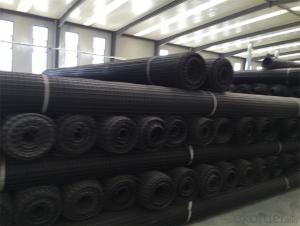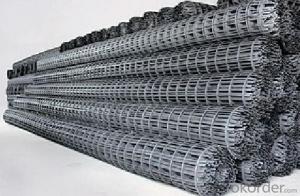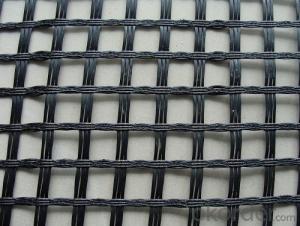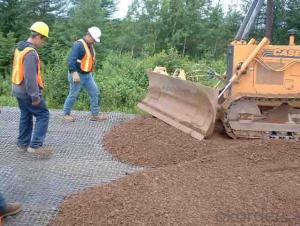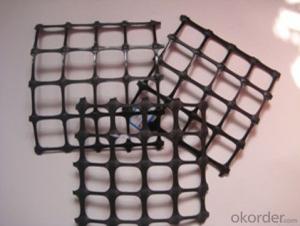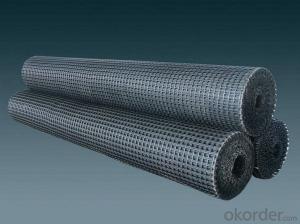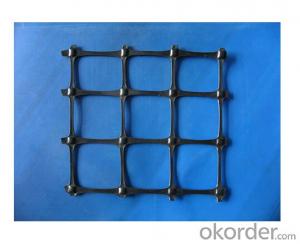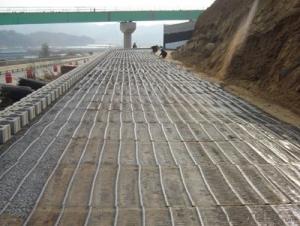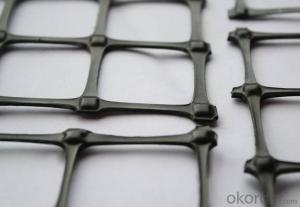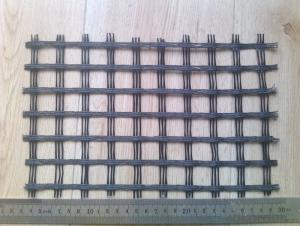Geogrid Tx140
Geogrid Tx140 Related Searches
Fridge With Freezer On Bottom Driveway Pillars With Lights Blu Ray Player With Recorder Blu Ray Player With Internet Geogrid In Retaining Walls 1708 Biaxial Fiberglass Tape Pullout Resistance Of Geogrid Geogrid Warp Knitting Machine Srw 3 Series Geogrid Biaxial Plastic GeogridHot Searches
Fiberglass Scaffolding For Sale Fiberglass Panels For Sale Fiberglass Greenhouses For Sale Geogrid Fabric For Sale Gas Powered Core Aerator For Sale Revolution 4 Propeller For Sale Alabaster Carving Stone For Sale Geogrid For Sale Near Me Tensar Geogrid For Sale Geogrid For Sale Ex Display Log Cabins For Sale Photoelectric Cells For Sale Athletic Lockers For Sale Cubicle Partitions For Sale Stearman Propeller For Sale Palram Greenhouses For Sale Gumbo Bowls For Sale Suzuki Propellers For Sale Freight Crates For Sale Outhouse Sheds For SaleGeogrid Tx140 Supplier & Manufacturer from China
Okorder.com is a professional Geogrid Tx140 supplier & manufacturer, offers integrated one-stop services including real-time quoting and online cargo tracking. We are funded by CNBM Group, a Fortune 500 enterprise and the largest Geogrid Tx140 firm in China.Hot Products
FAQ
- What criteria should be used in the construction of Geogrid
- Is a reference to the construction specifications of the geogrid can be found in the library.
- Yes, geogrids can be used in erosion control on riverbanks. Geogrids are effective in stabilizing soil and preventing erosion by providing reinforcement and support to the soil structure. They can be installed on riverbanks to prevent soil erosion, improve slope stability, and protect against water currents, making them a suitable solution for erosion control on riverbanks.
- meters. Material: tgsg. This section of subgrade for soft soil foundation (water) what is the purpose and principle of this treatment? Seeking answers experienced master change, or in the design the unit did. Thank you. Do a detailed description of indebted forever. My understanding is...Geogrid width of 3 meters, the berm soil subgrade body laying 1.4 meters, laying 1.6
- Do you understand the true role of geogrid?
- Geogrids are typically manufactured using a variety of materials such as polyester, polypropylene, high-density polyethylene (HDPE), and fiberglass. These materials are chosen for their strength, durability, and resistance to environmental factors such as chemical exposure and UV radiation. Each material has its own unique properties, making it suitable for specific applications in geotechnical engineering and soil stabilization projects.
- Geogrids and geopipes are both materials used in geotechnical and civil engineering applications, but they serve different purposes. Geogrids are typically made from high-strength polymers and are used to reinforce soils and provide stabilization. They have a grid-like structure with open spaces that allow soil to interlock with the grid, creating a stronger base. Geogrids are commonly used in retaining walls, road construction, and erosion control. On the other hand, geopipes are pipes made from various materials like plastic or concrete and are primarily used for drainage purposes. They have perforations or slots along their length, allowing water or gases to flow through. Geopipes are commonly used in subsurface drainage systems, stormwater management, and landfills to control water buildup and prevent soil saturation. In summary, the main difference between geogrids and geopipes lies in their function and structure. Geogrids provide soil reinforcement and stabilization, while geopipes facilitate drainage and water management.
- Yes, geogrids are suitable for reinforcement of airport runways. Geogrids are specifically designed to provide soil stabilization and increase load-bearing capacity, which is crucial for heavy aircraft traffic on runways. They effectively distribute the load, enhance the strength and stability of the runway subgrade, and minimize the potential for settlement or rutting. Moreover, geogrids are durable, resistant to environmental conditions, and can significantly extend the lifespan of airport runways.
- Yes, geogrids can be used for load distribution. Geogrids are synthetic materials that are used in a variety of civil engineering applications to reinforce soil and distribute loads. They are commonly used in road construction, retaining walls, and slope stabilization projects to enhance the structural integrity of the soil and spread the load more evenly.
- Geogrids improve the performance of mechanically stabilized slopes in clayey soils by providing additional reinforcement and enhancing the overall stability of the slope. They help distribute the loads more evenly, reducing the potential for soil erosion and slope failures. Additionally, geogrids increase the shear strength of the clayey soil, preventing excessive deformation and ensuring long-term stability of the slope.
















